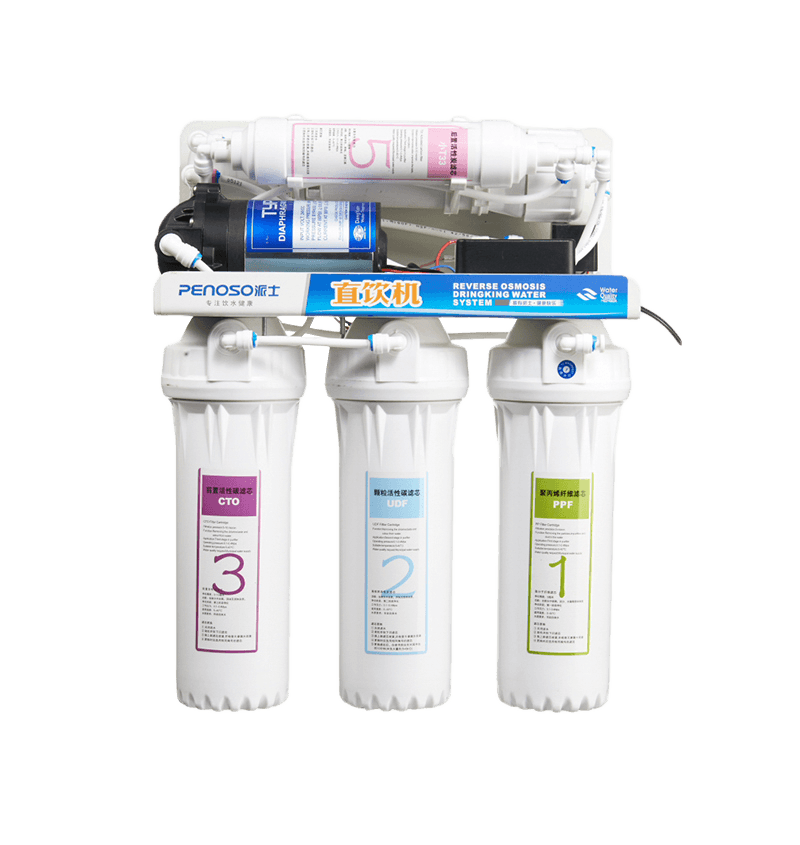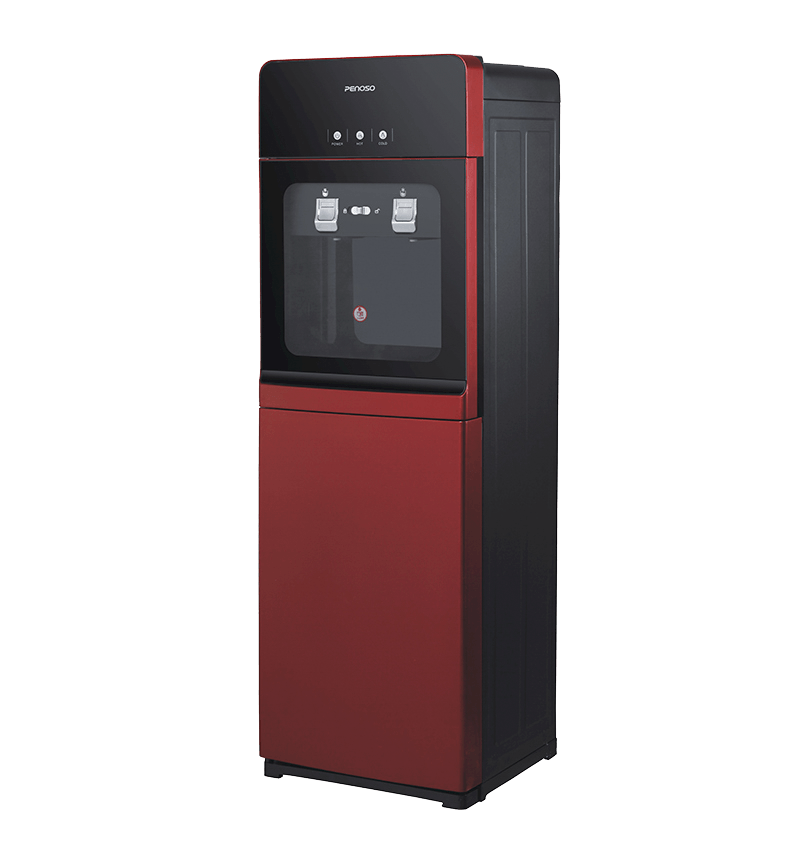The Importance of Pipe Cleaning
Over extended use, the internal pipes of bottled loading water dispensers come into contact with tiny particles from the bottled loading water and the air. Under certain conditions, these impurities can easily adhere to the pipe walls, forming deposits. If not cleaned regularly, these deposits can become a breeding ground for microorganisms, affecting the safety and taste of the water. Furthermore, warm operating environments and humid internal conditions can accelerate the growth of bacteria and algae. Therefore, regular pipe cleaning is not only a hygienic requirement but also a crucial measure to extend the life of the equipment.
Possible Contaminants Accumulated in Pipes
Over extended use, the internal pipes of bottled loading water dispensers may accumulate mineral deposits, microorganisms, algae, and airborne dust. These contaminants originate from various sources, including natural components of the water source and impurities introduced into the pipes by environmental factors during use. Long-term presence of these substances can lead to poor circulation within the pipes and even affect the efficiency of the heating and cooling systems. Cleaning effectively removes these deposits, maintaining smooth water flow and stable water quality.
Recommended Cleaning Frequency
Generally speaking, it's recommended that household bottled loading water dispensers have their pipes cleaned every three to six months. In offices or public spaces with high foot traffic, the cleaning frequency should be higher, perhaps every one to three months. The cleaning frequency should be determined based on the operating environment, water change frequency, and water quality. In areas with high temperatures or high humidity, bacteria are more likely to grow inside the pipes, so the cleaning interval should be shortened.
Cleaning Methods
Bottled loading water dispenser pipes can be cleaned primarily by manual cleaning and professional cleaning. Manual cleaning is typically performed by the user, using a food-grade cleaning solution or warm white vinegar and water to flush the pipes. Professional cleaning, performed by service personnel using specialized equipment, can more deeply remove dirt from the pipes. Each method is suitable for different scenarios. Manual cleaning can be used for routine maintenance, while professional cleaning is recommended when the pipes have not been cleaned for an extended period of time or have developed an odor.
.jpg)
Overview of Cleaning Procedures
The basic process for cleaning pipes includes disconnecting the power supply, draining any remaining water, removing removable components, flushing the pipes with cleaning solution, repeatedly rinsing with clean water until no residue is left, allowing the pipes to dry, and then reconnecting the power supply. When performing this procedure, be sure to use safe cleaning products and avoid using highly corrosive chemicals to prevent damage to internal materials. Each step requires patience and meticulousness to ensure that the pipes are clean and free of residual cleaning solution.
Safety Precautions During Cleaning
When cleaning the pipes of a bottled loading water dispenser, first disconnect the power supply to avoid the risk of electric shock. Second, prevent the cleaning solution from entering the electrical components to prevent short circuits or damage. Also, ensure that drainage is unobstructed during the flushing process to prevent water from overflowing, making the floor slippery, or corroding other equipment. When using chemical cleaning agents, wear gloves to prevent skin contact.
Comparison Before and After Cleaning
Bottled loading water dispensers typically show significant improvements in water flow rate, water clarity, and taste before and after cleaning. Especially for devices that have been used for a long time without cleaning, cleaning can reduce odors and improve water flow. While these changes may not be immediately apparent, consistent cleaning will ensure a stable user experience.
| Cleaning Frequency | Cleaning Content | Recommended Method | Notes |
|---|---|---|---|
| Every 1-3 months | Internal water pipes | Use warm water mixed with food-grade cleaning agents | Ensure cleaning agent is completely rinsed out |
| Every 6 months | Cold water pipes | Use mild detergent for cleaning | Avoid using strong acidic or alkaline cleaners |
| Every 6-12 months | Hot water pipes | Use descaling agents specifically designed for drinking water systems | Follow product instructions carefully to avoid residue |
| As needed | Drainage pipes | Use soft brushes and warm water | Inspect for blockages or buildup after cleaning |
Potential Risks of Inadequate Cleaning
If pipes are left uncleaned for a long time, scale and microorganisms may accumulate inside, affecting not only the taste and appearance of the water but also potentially posing a health risk. Scale buildup also places a greater strain on the heating element, increasing energy consumption and shortening the life of the device. Furthermore, pipe blockages can cause unexpected downtime or even damage the device.
Supplementary Measures to Extend Cleaning Intervals
While regular cleaning is essential, there are some measures that can help extend the cleaning interval. For example, choose a well-sealed water tank to reduce air ingress into the pipes; turn off the power and drain any remaining water when the dispenser is not in use to prevent prolonged water stagnation; and place the dispenser in a well-ventilated, dark location to reduce the conditions for microbial growth. While these measures are not a substitute for cleaning, they can help slow the accumulation of contaminants.



 English
English عربى
عربى Português
Português Español
Español








